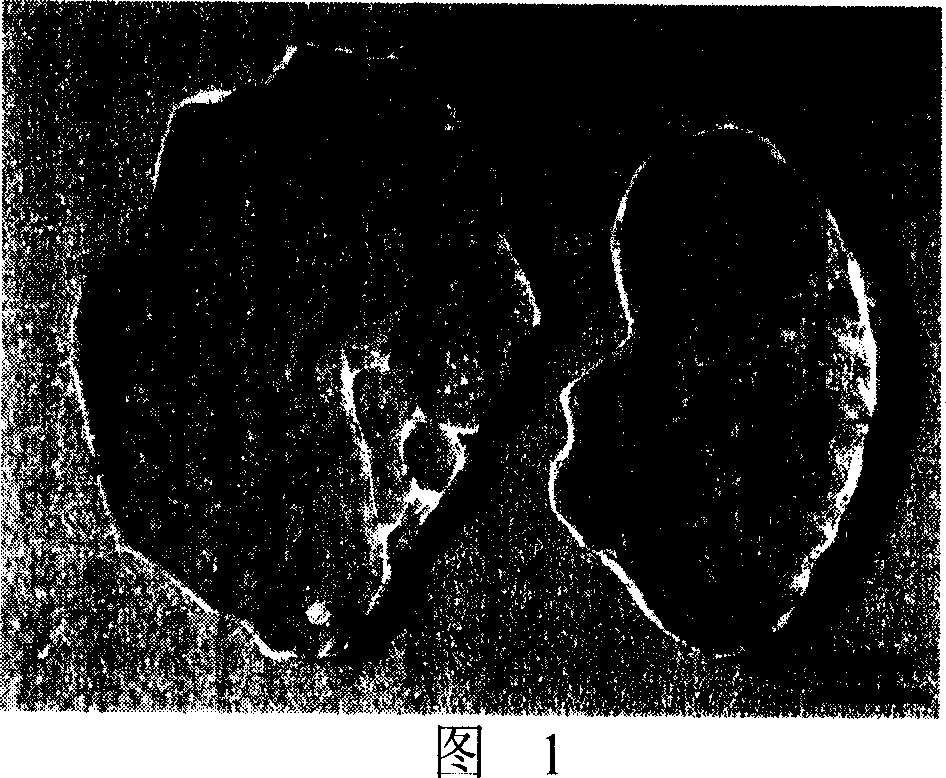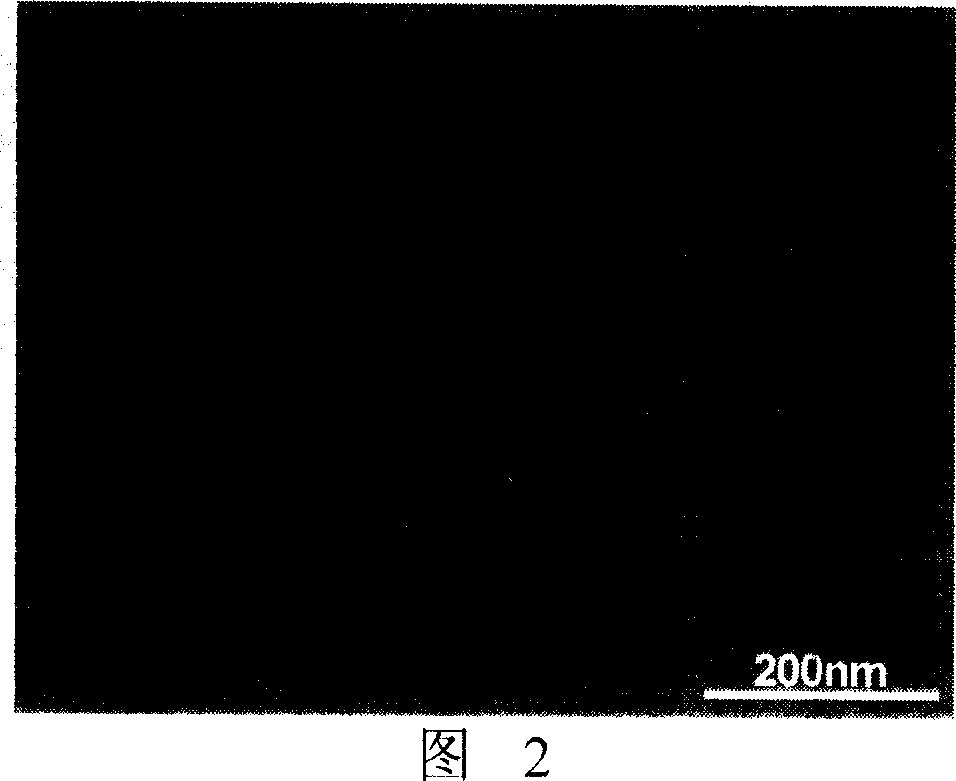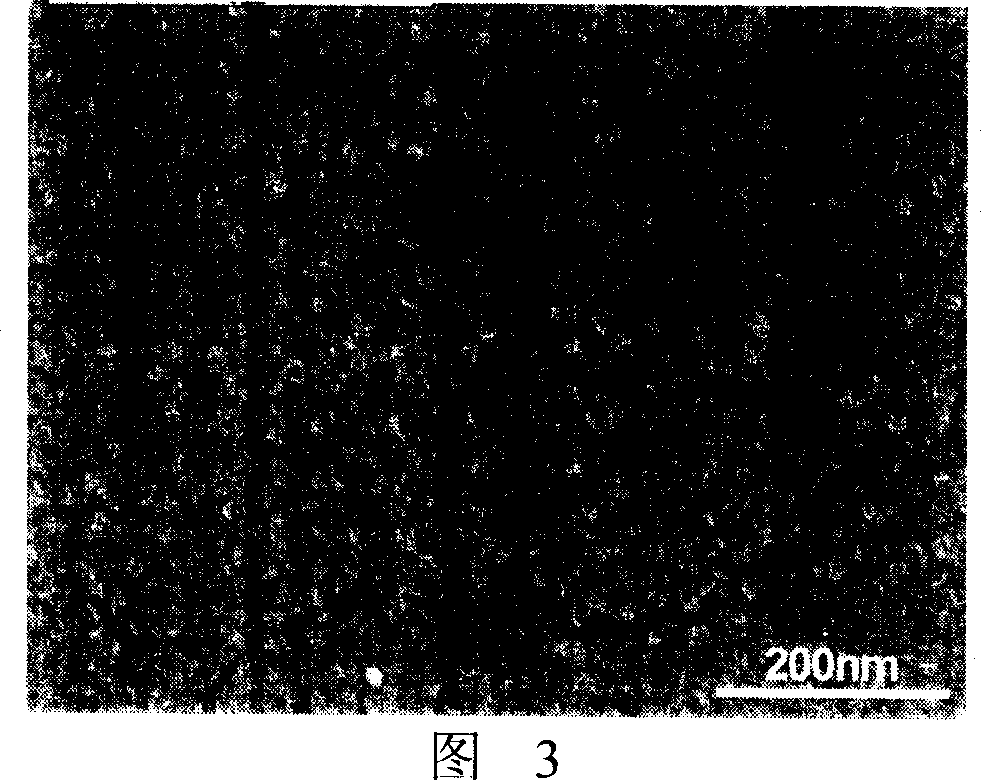CaO-P2O5-NaO-TiO-Zro-biological glass ceramic and its production
A bio-glass and glass-ceramic technology, applied in medical science, prosthesis, etc., can solve the problems of low toughness, limited popularization and application, and achieve the effect of high strength, high surface activity, and high bone bonding strength
- Summary
- Abstract
- Description
- Claims
- Application Information
AI Technical Summary
Problems solved by technology
Method used
Image
Examples
Embodiment 1
[0030] Analytical pure CaCO 3 , Na 2 CO 3 ,TiO 2 , ZrO 2 and H 3 PO 4 (85%) was used as the raw material to prepare a glass slurry with the components described in Table 1, and the raw material was mixed evenly with an electric mixer, and then placed in a drying oven at 50° C. for 24 hours. Pound the dried raw material into powder (with a particle size of 5-10 μm) and place it in a platinum crucible at 1350°C for 0.5h, take it out immediately, pour it on a stainless steel plate, and press it quickly to obtain glass. The macroscopic morphology of the obtained glass is shown in Fig. 1 .
[0031] serial number
Embodiment 2
[0033] The punched 60CaO30P 2 o 5 4Na 2 O3TiO 2 3ZrO 2 After the glass was immersed in simulated human body fluid (Table 2) at 37°C for 4 days, a layer of dense and uniform hydroxyapatite formed on the surface. The microscopic morphology before soaking is shown in Figure 2, and the microscopic morphology after soaking is shown in Figure 3 and Figure 4.
[0034] ion
Embodiment 3
[0036] The punched 60CaO30P 2 o 5 5Na 2 O3TiO 2 2ZrO 2 After the glass was soaked in simulated human body fluid (Table 2) at 37°C for 7 days, a layer of dense and uniform hydroxyapatite was formed on the surface. The microscopic morphology after soaking is shown in Figure 5, and its X-ray diffraction pattern is shown in Figure 6.
PUM
| Property | Measurement | Unit |
|---|---|---|
| particle size | aaaaa | aaaaa |
| particle size | aaaaa | aaaaa |
| breaking strength | aaaaa | aaaaa |
Abstract
Description
Claims
Application Information
 Login to View More
Login to View More - R&D
- Intellectual Property
- Life Sciences
- Materials
- Tech Scout
- Unparalleled Data Quality
- Higher Quality Content
- 60% Fewer Hallucinations
Browse by: Latest US Patents, China's latest patents, Technical Efficacy Thesaurus, Application Domain, Technology Topic, Popular Technical Reports.
© 2025 PatSnap. All rights reserved.Legal|Privacy policy|Modern Slavery Act Transparency Statement|Sitemap|About US| Contact US: help@patsnap.com



